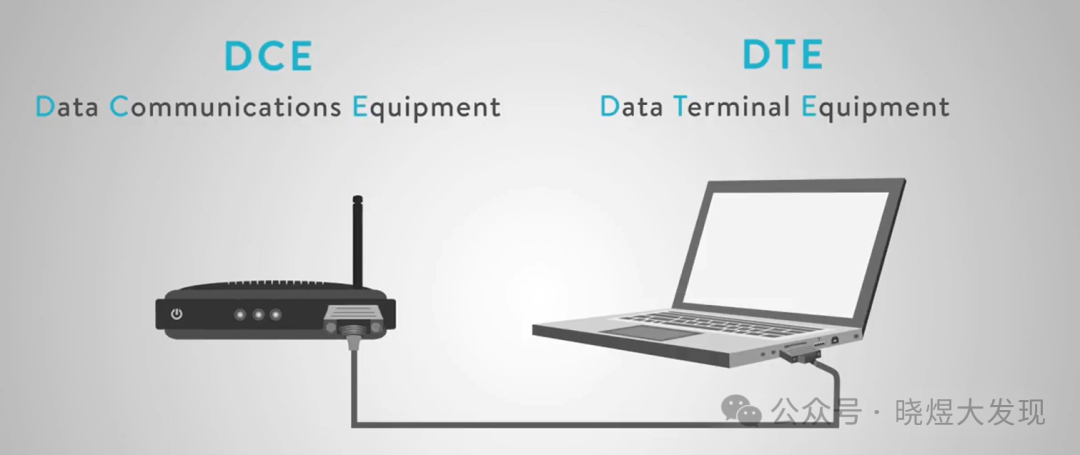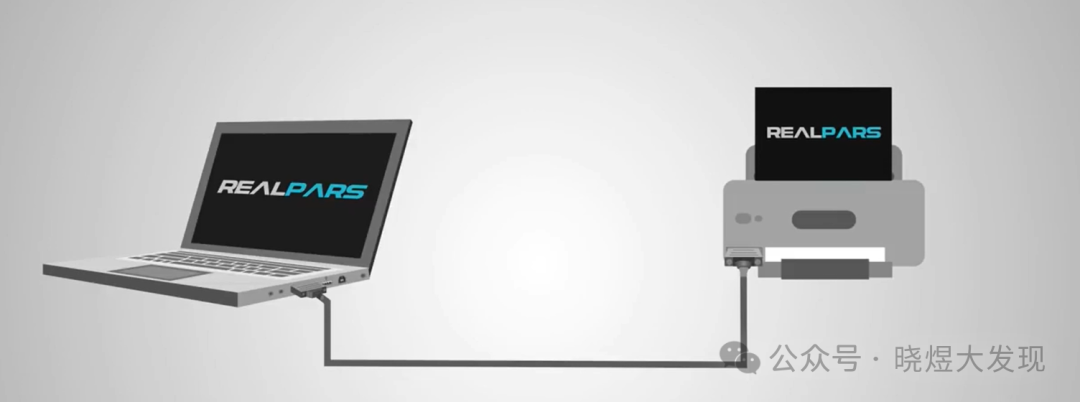‖ System Learning
Life is like a marathon; sometimes you need to pause and take a breather to go further.
In this issue, we will discuss what RS232 is, a term frequently heard in the industry, especially in the industrial control sector.
What is RS232?
It is a form of serial data transmission, simply put, it is a means of communication. Most people refer to it as a serial connection.Once, it was the most commonly used form of data transmission.Using a standard DB9 cable,RS-232 transmits signals using positive voltage to represent binary zero and negative voltage to represent binary one. We know that the most commonly used communication method for PLCs is RS232 communication, but what is the use of RS232 for PLCs?PLCs communicate with other modules or even other PLCs via RS-232. These modules can be any devices that also use RS-232, such as operator interfaces, computer motor controllers or drivers, robots, or some vision systems.
We know that the most commonly used communication method for PLCs is RS232 communication, but what is the use of RS232 for PLCs?PLCs communicate with other modules or even other PLCs via RS-232. These modules can be any devices that also use RS-232, such as operator interfaces, computer motor controllers or drivers, robots, or some vision systems. If you find yourself using RS-232 devices, one important thing to remember is that there are actually two different types of RS-232: DTE stands for Data Terminal Equipment, a common example being a computer; DCE stands for Data Communication Equipment, an example of which is a modem.Importantly, two DTE or two DCE devices cannot communicate with each other without assistance. This is typically accomplished by connecting the devices using a reverse adapter cable. Usually, our PLC will be DTE, and the devices we use will be DCE, and everything should communicate with each other.
If you find yourself using RS-232 devices, one important thing to remember is that there are actually two different types of RS-232: DTE stands for Data Terminal Equipment, a common example being a computer; DCE stands for Data Communication Equipment, an example of which is a modem.Importantly, two DTE or two DCE devices cannot communicate with each other without assistance. This is typically accomplished by connecting the devices using a reverse adapter cable. Usually, our PLC will be DTE, and the devices we use will be DCE, and everything should communicate with each other. A very common example that many people may be familiar with is connecting a computer to a printer. Although USB has become the standard, RS-232 is still widely used in workplace printer protocols and cables. This allows the computer to send commands to the printer via voltage signals, which the printer then decodes and completes the printing.
A very common example that many people may be familiar with is connecting a computer to a printer. Although USB has become the standard, RS-232 is still widely used in workplace printer protocols and cables. This allows the computer to send commands to the printer via voltage signals, which the printer then decodes and completes the printing.
Advantages and Disadvantages of RS232
Advantages1.Wide ApplicationRS232 is a long-established and widely used serial communication standard, commonly applied in connecting computers with various external devices such as printers, modems, sensors, industrial control systems, etc. Due to its extensive application, related devices and tools are abundant, easy to obtain, and replace.2.High StabilityRS232 uses standard electrical characteristics and transmission specifications, providing good anti-interference capability and stability. It is suitable for long-distance transmission (the standard transmission distance can reach 30 meters, and can be extended further through devices like modems), and can maintain high-quality data transmission even in busy electromagnetic environments.
3.Simple ImplementationRS232’s physical connection and communication parameter settings are relatively simple, achievable with commonly available serial cables and connectors. It does not require complex hardware or software support, which gives it a significant advantage in cost control.
4.Mature TechnologyRS232 has been around for decades since its inception, and its technical principles and implementation methods are very mature.
Disadvantages
1.Low Transmission RateRS232 has a limited transmission rate, typically 115200bps (some products support higher transmission rates). Compared to modern serial standards like USB and Ethernet, RS232’s transmission speed is slower.
2.Limited Transmission DistanceAlthough RS232 can extend transmission distances through devices like modems, its standard transmission distance is usually limited to around 15 meters (which may be shorter in practice). For scenarios requiring long-distance data transmission, RS232 may not be the best choice.
3.Point-to-Point Communication LimitationRS232 can only achieve point-to-point communication, meaning one sender corresponds to one receiver. This somewhat limits its application capability in building multi-device networks.
Teaching a person to fish is better than giving them a fish.
